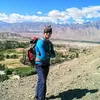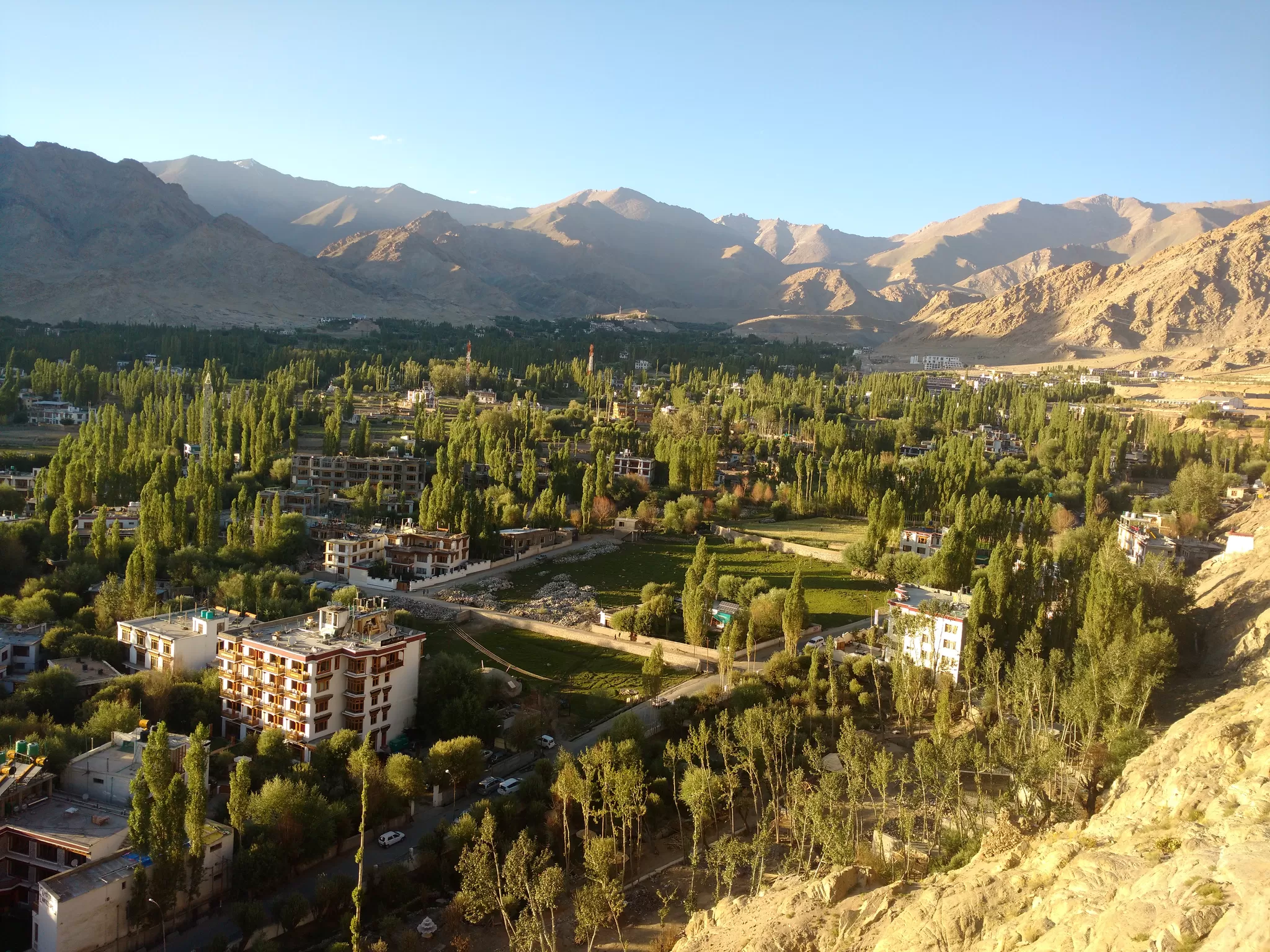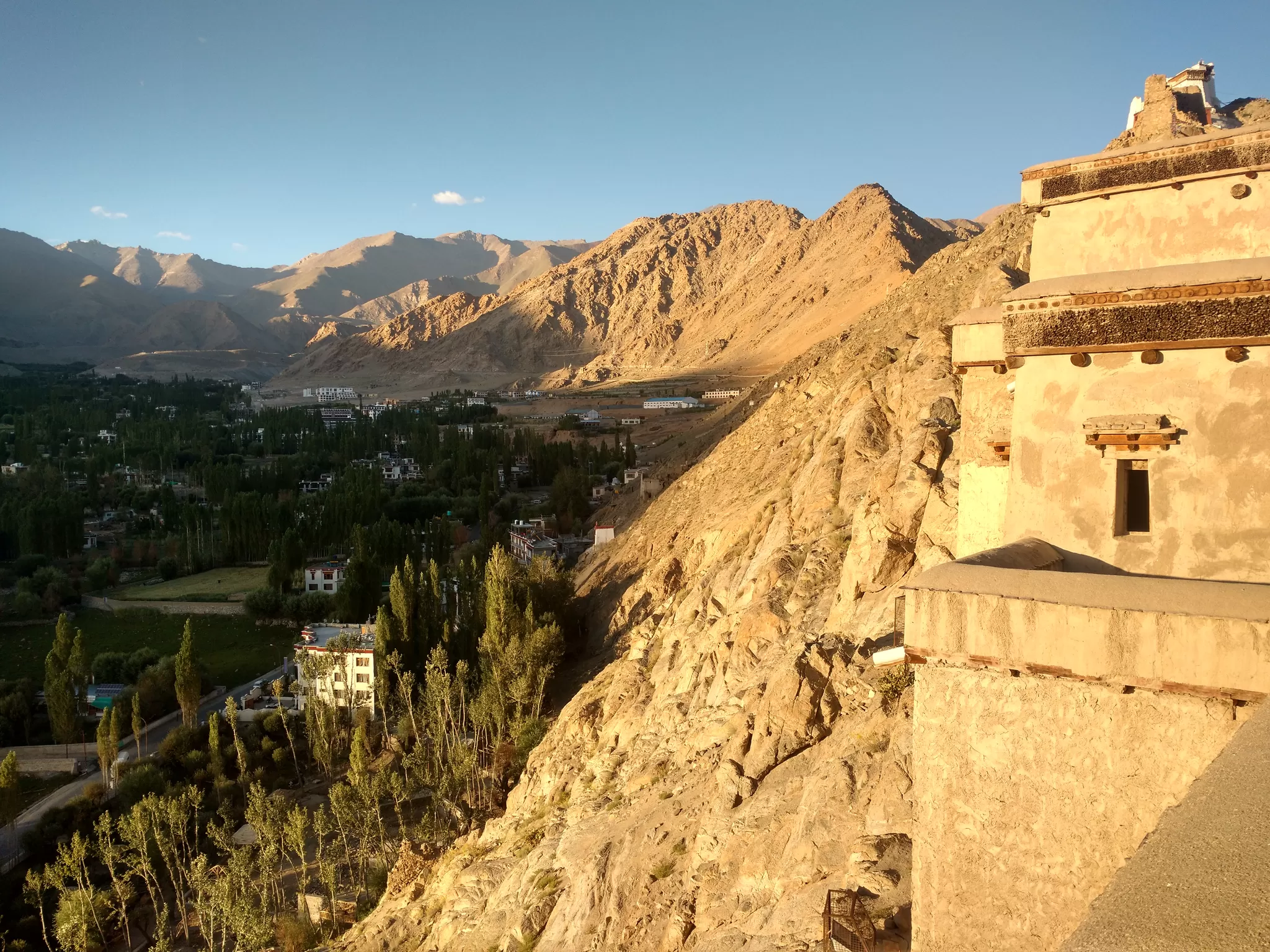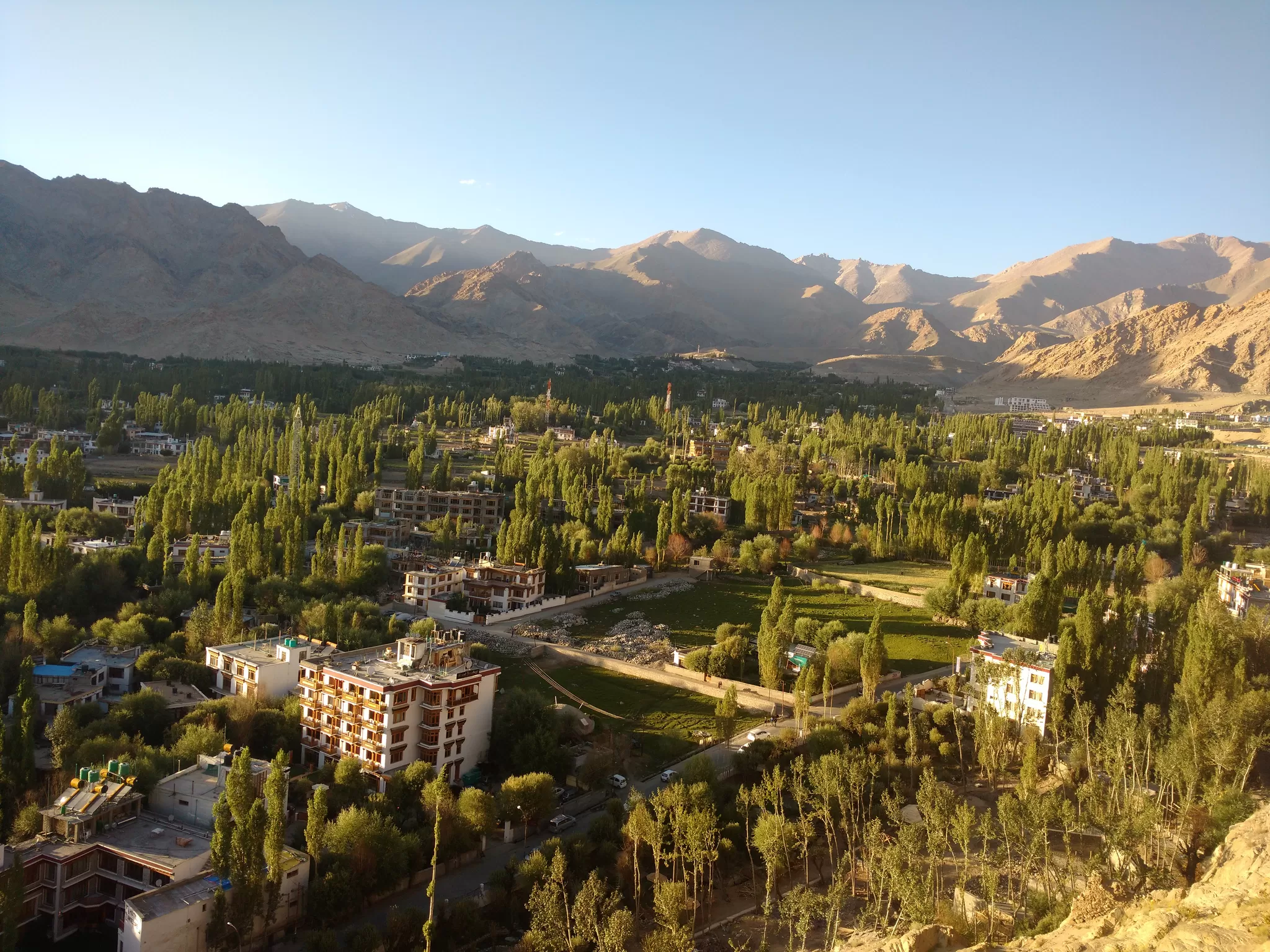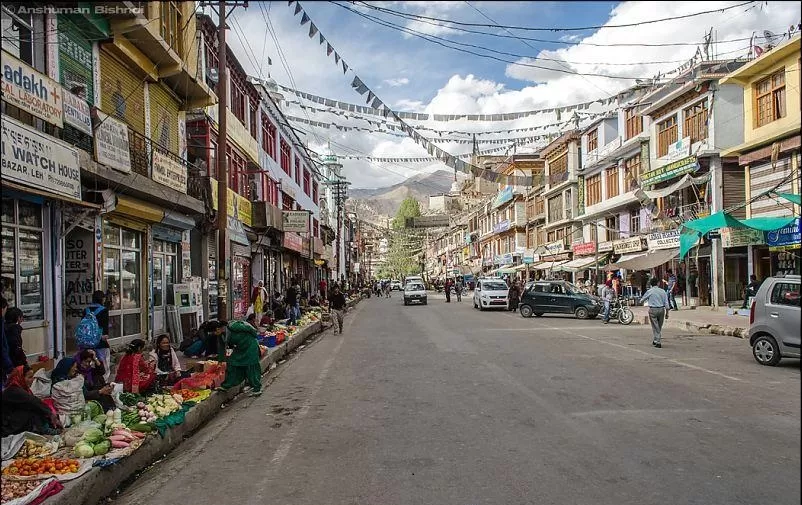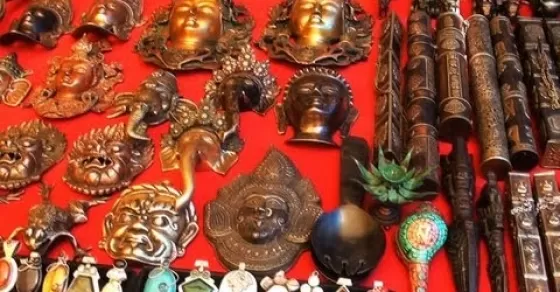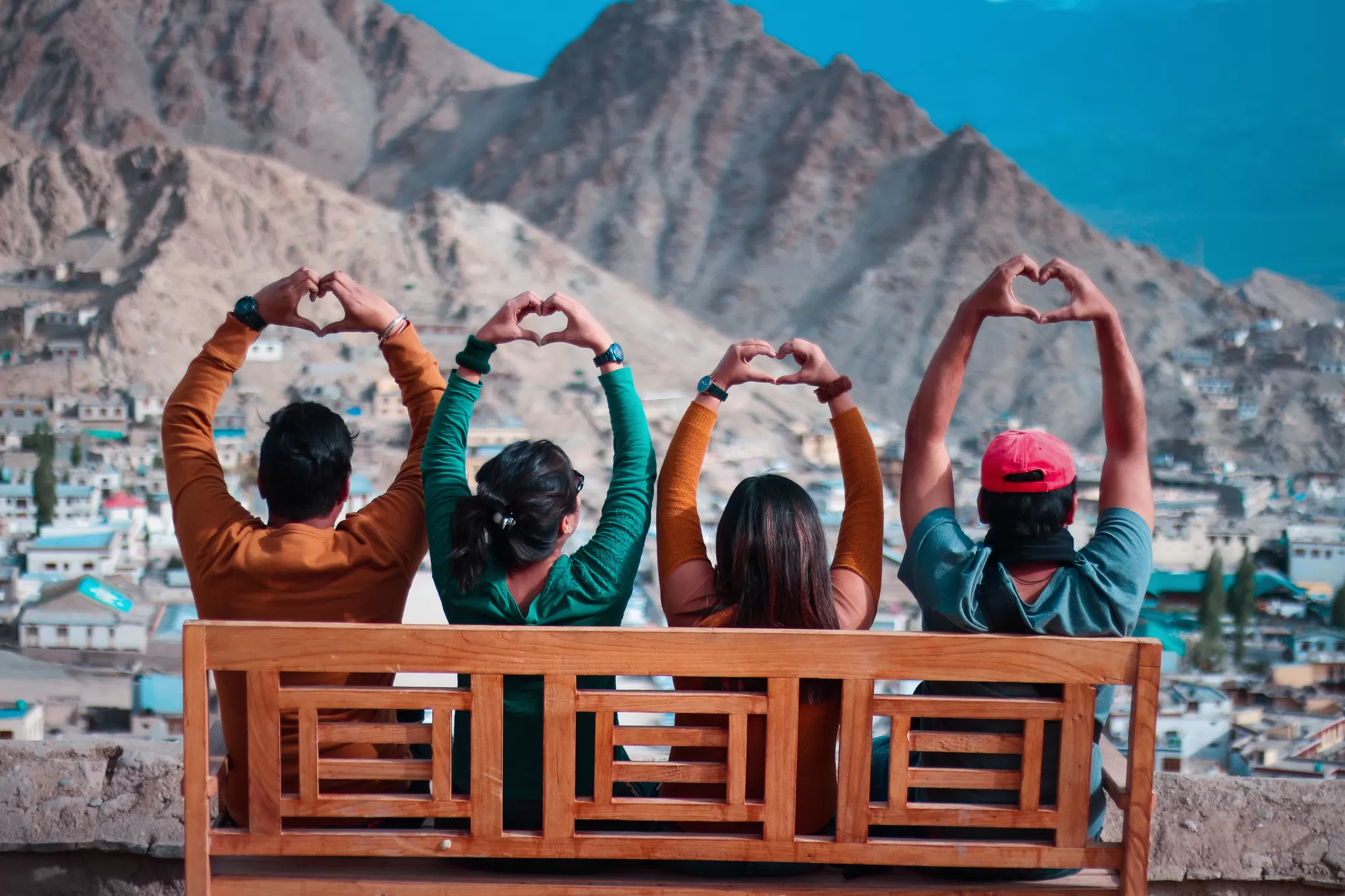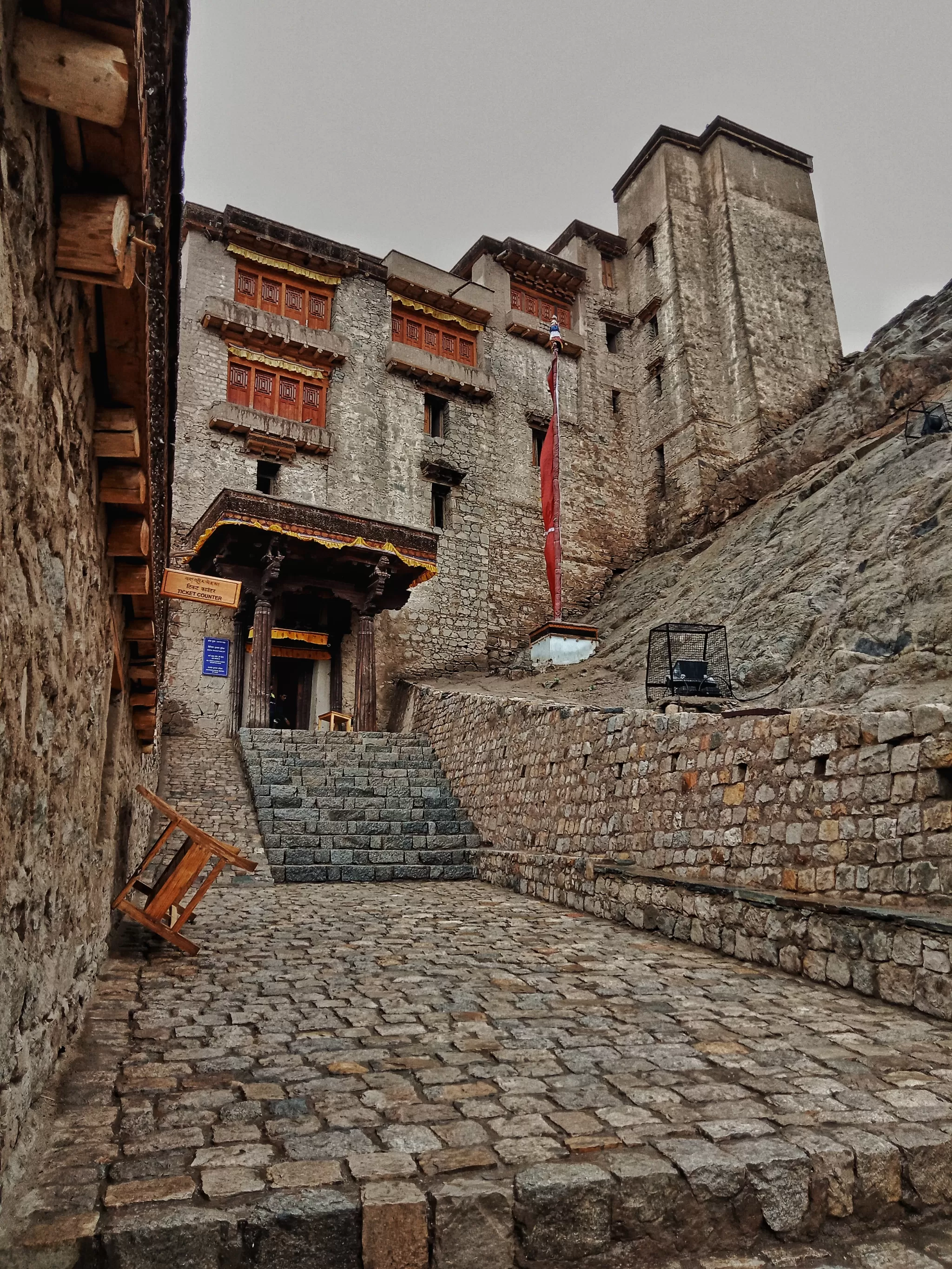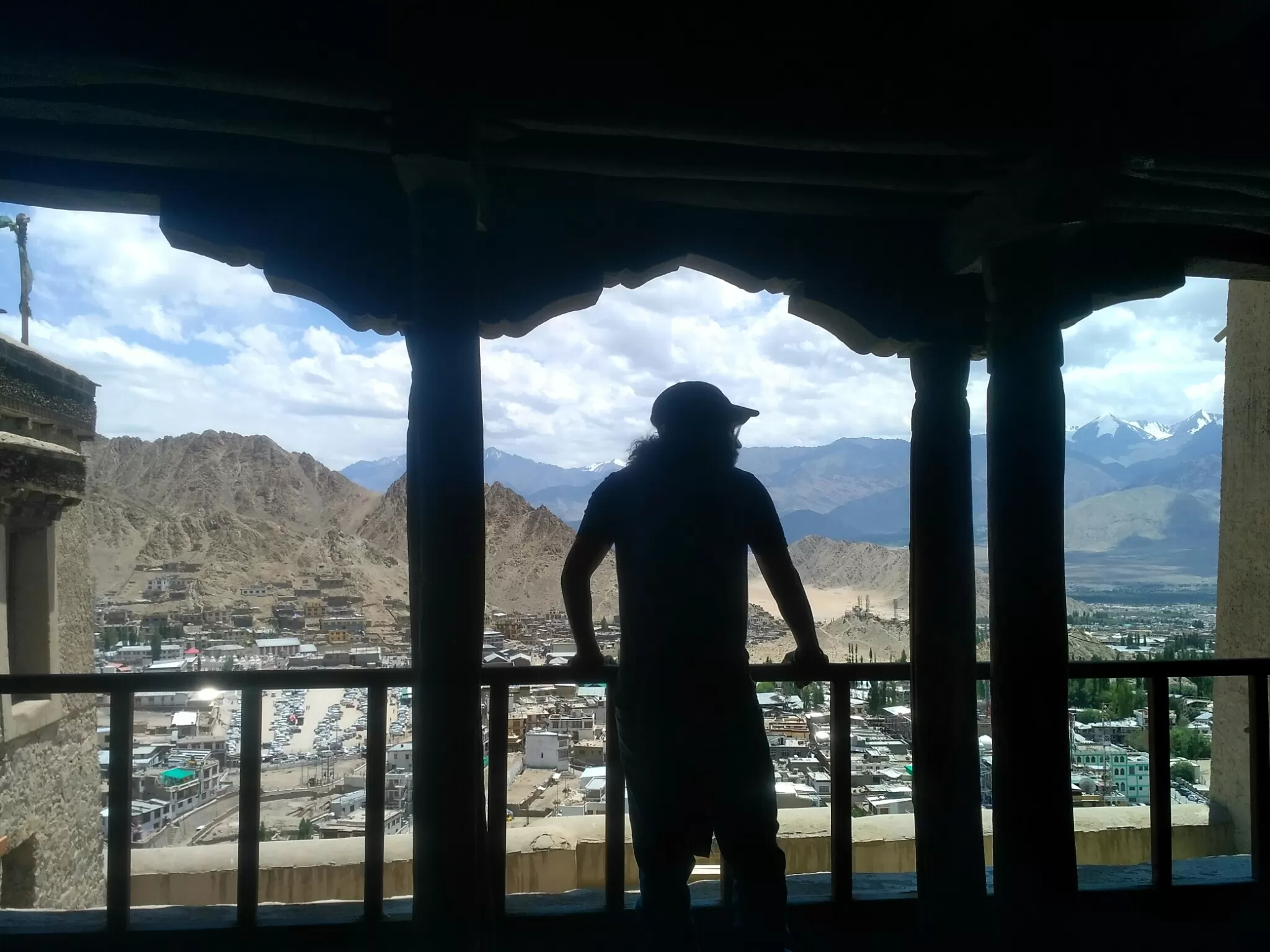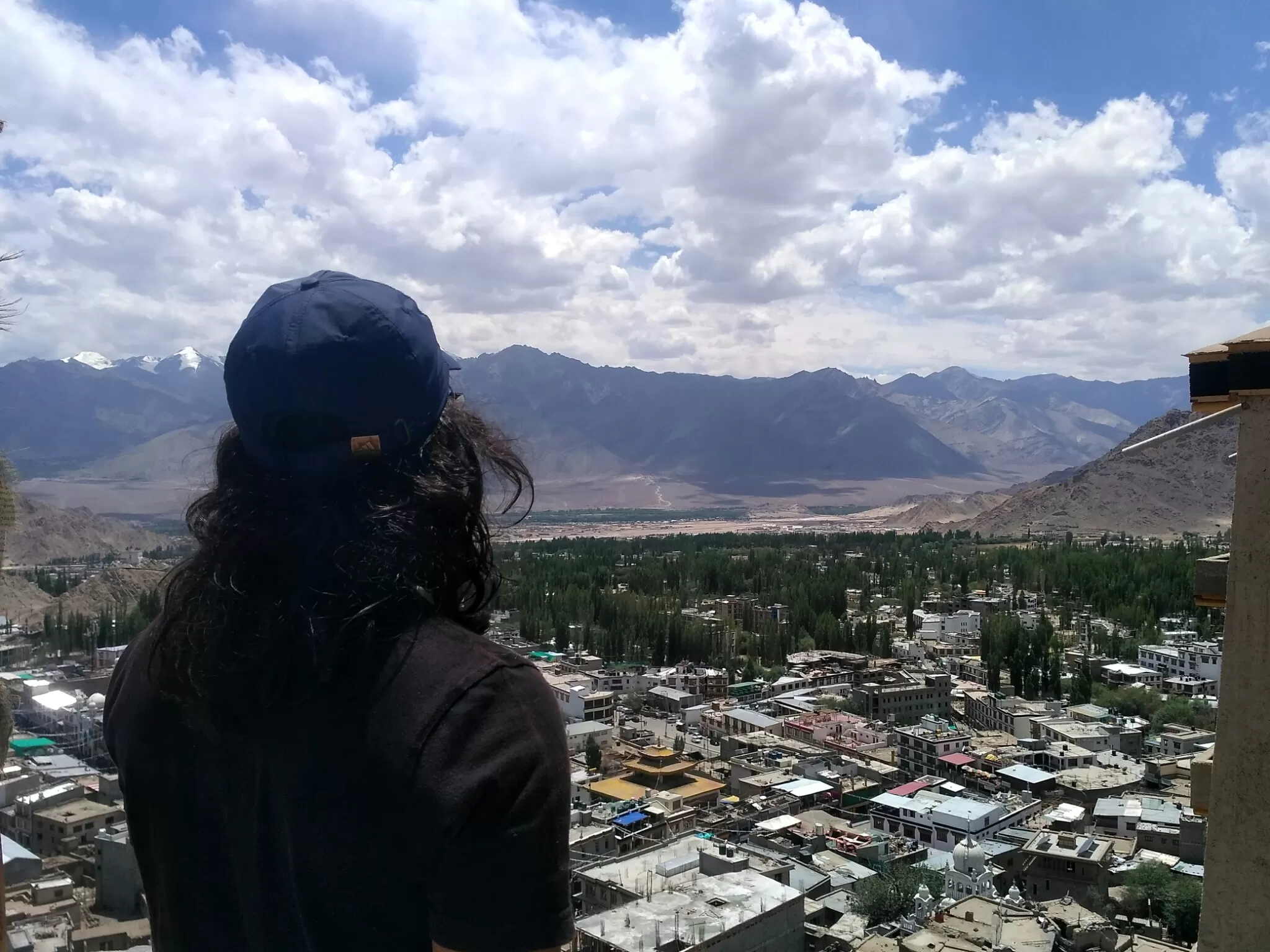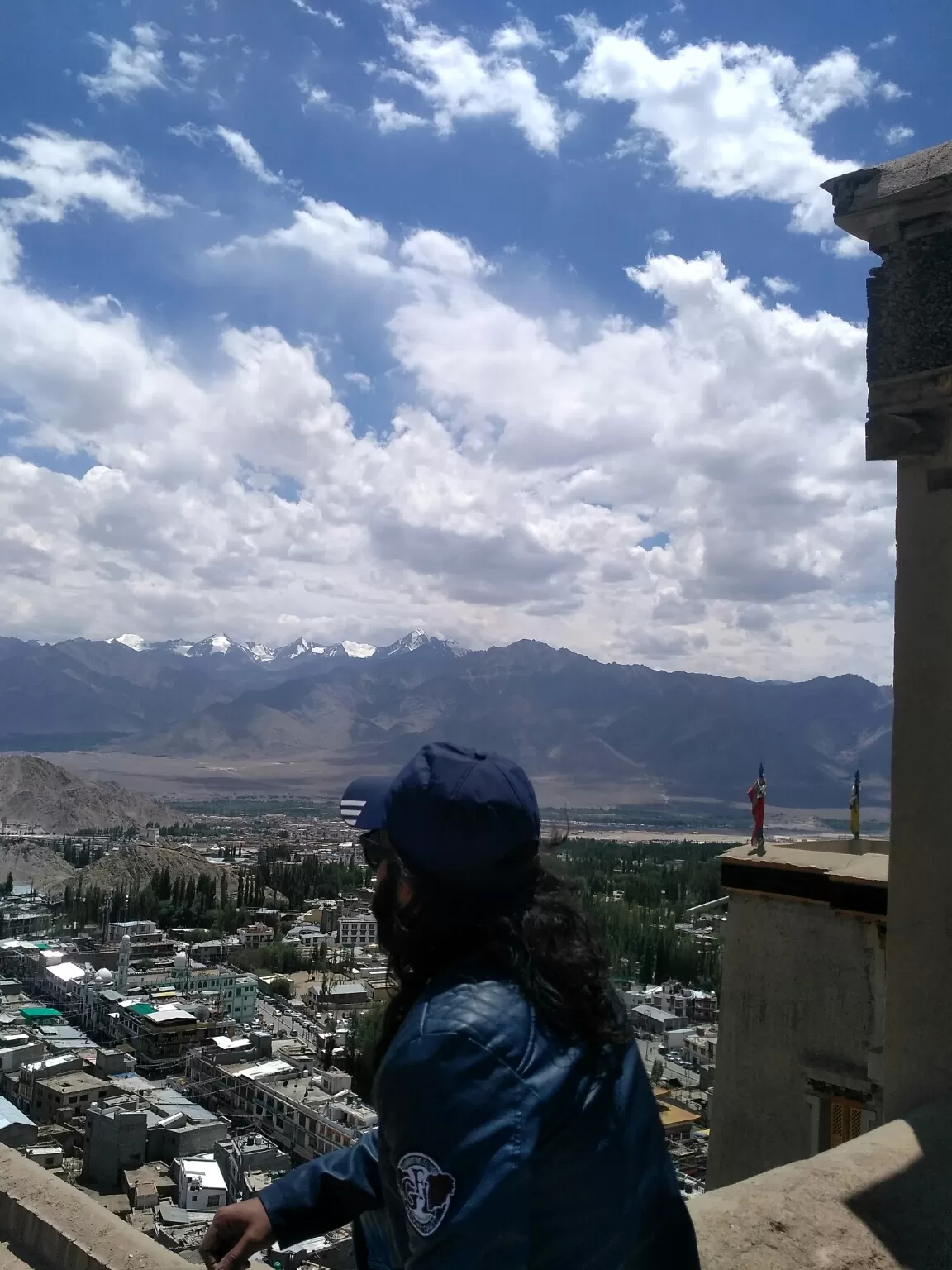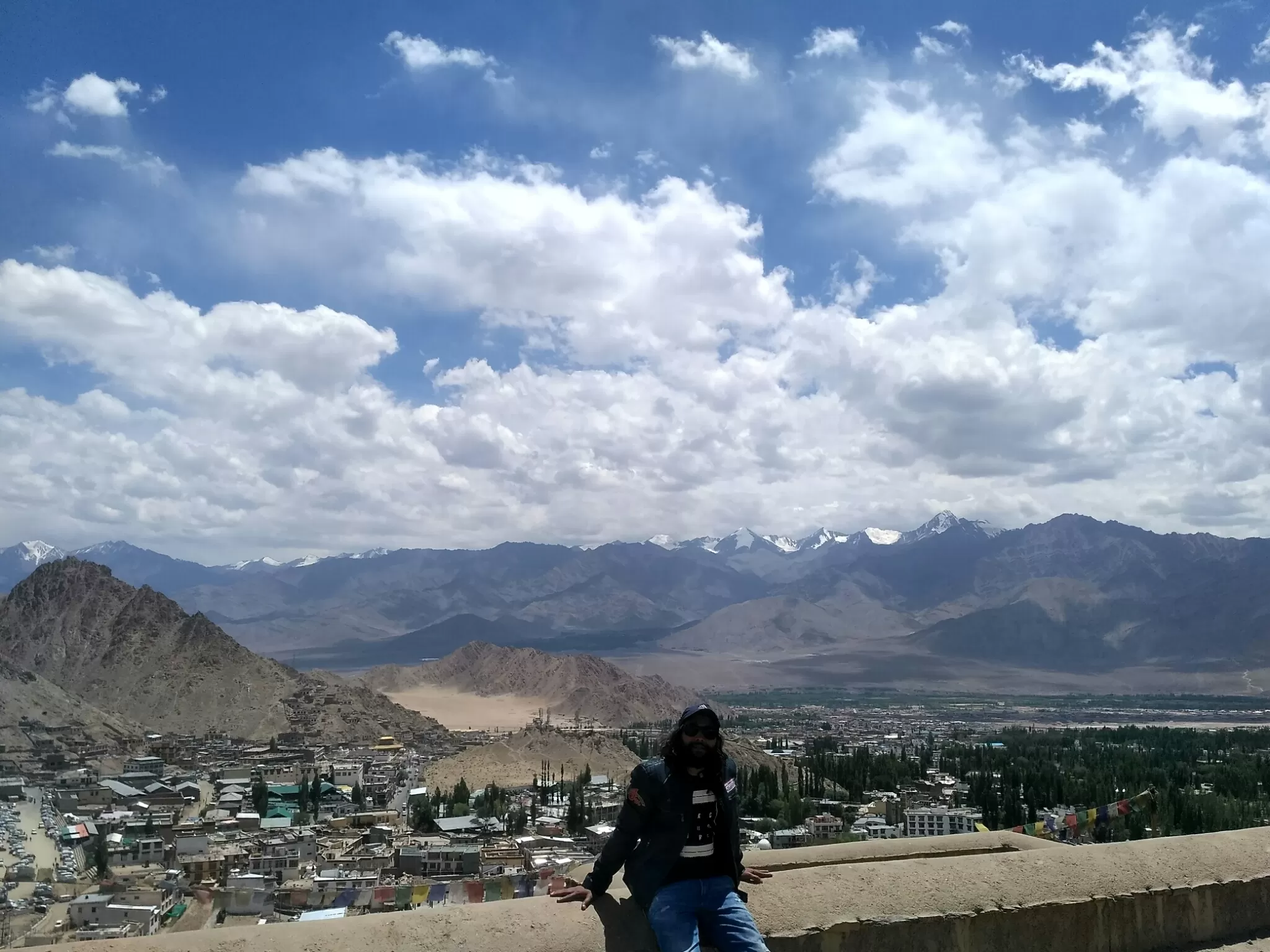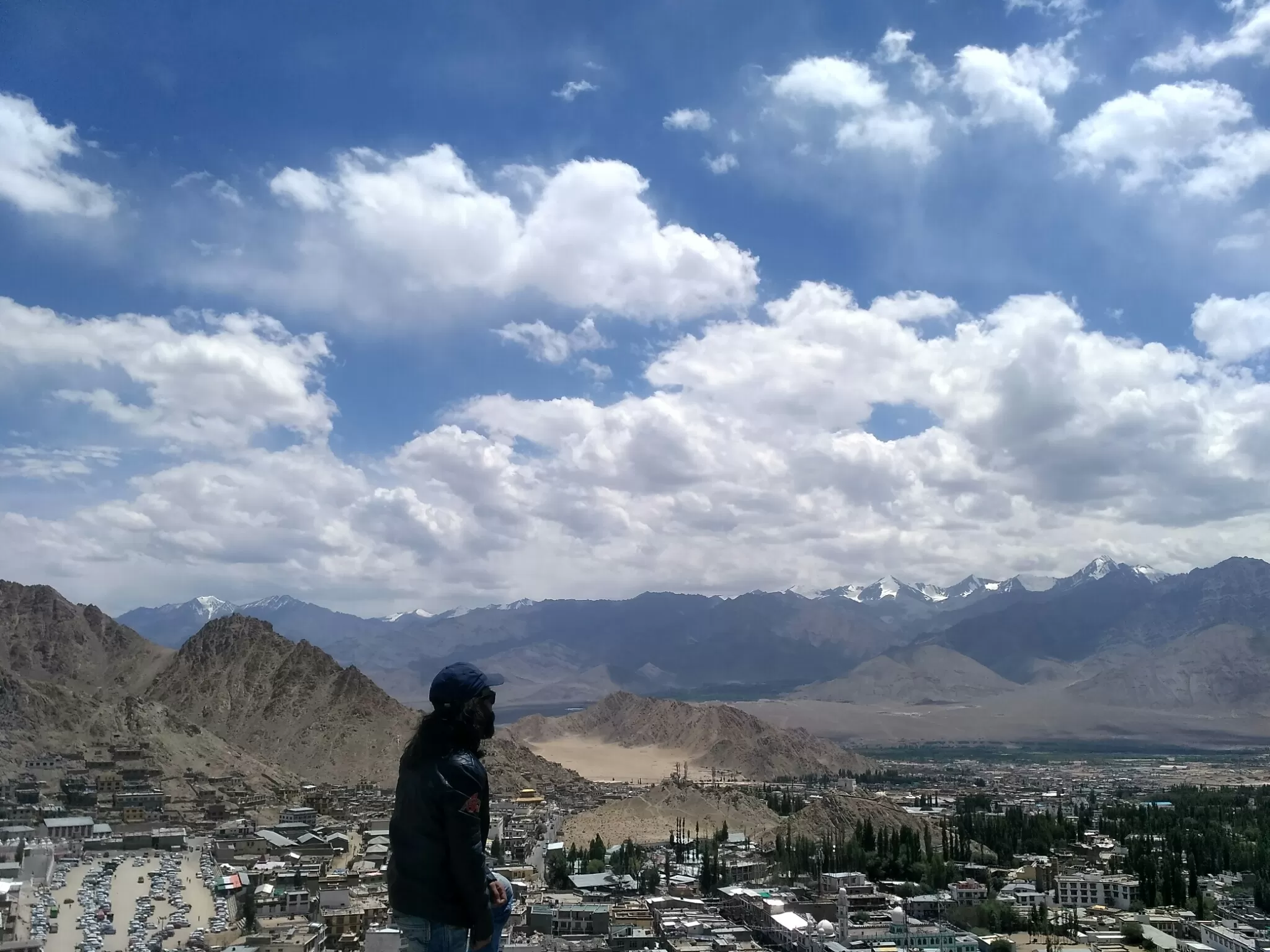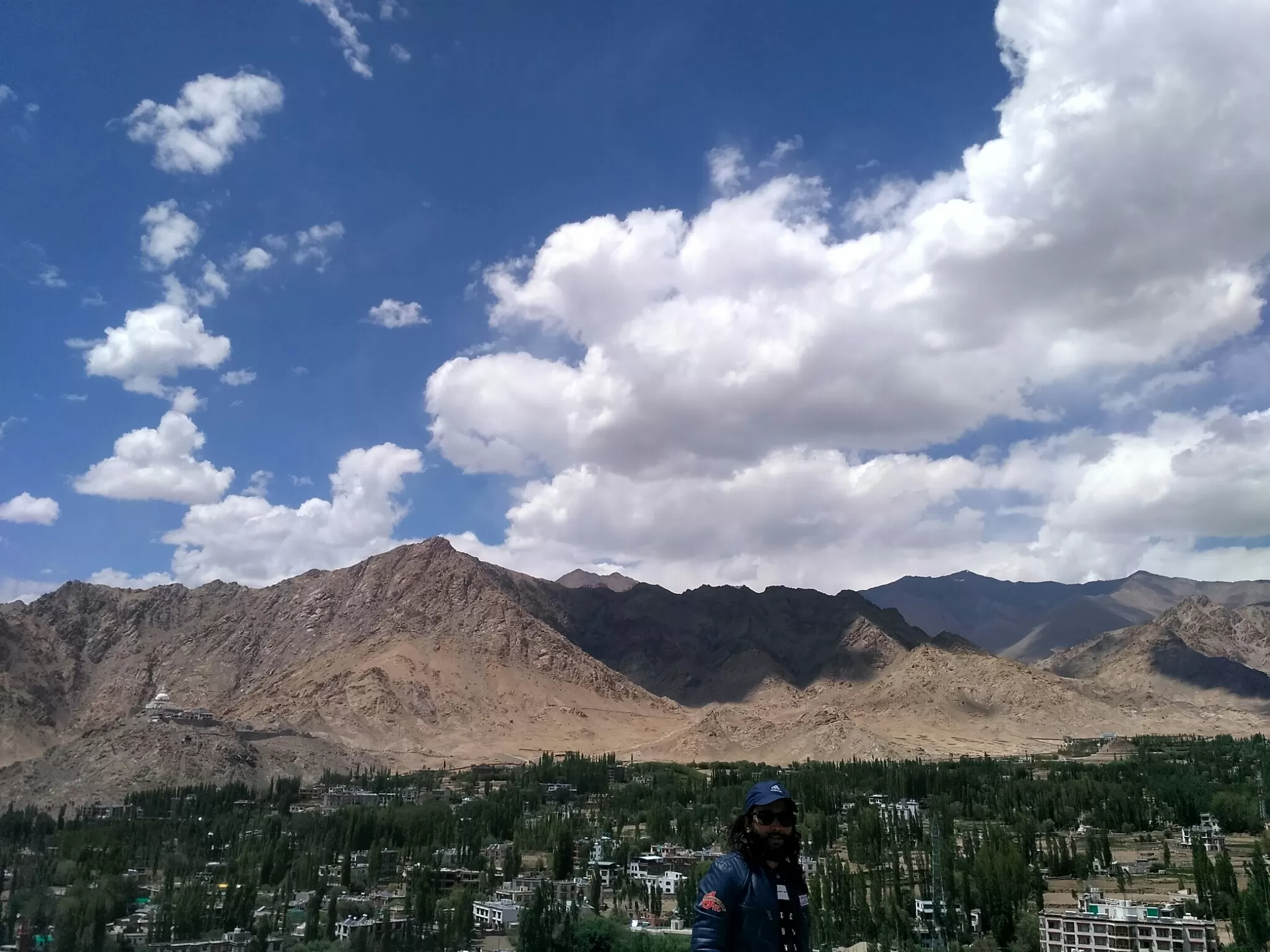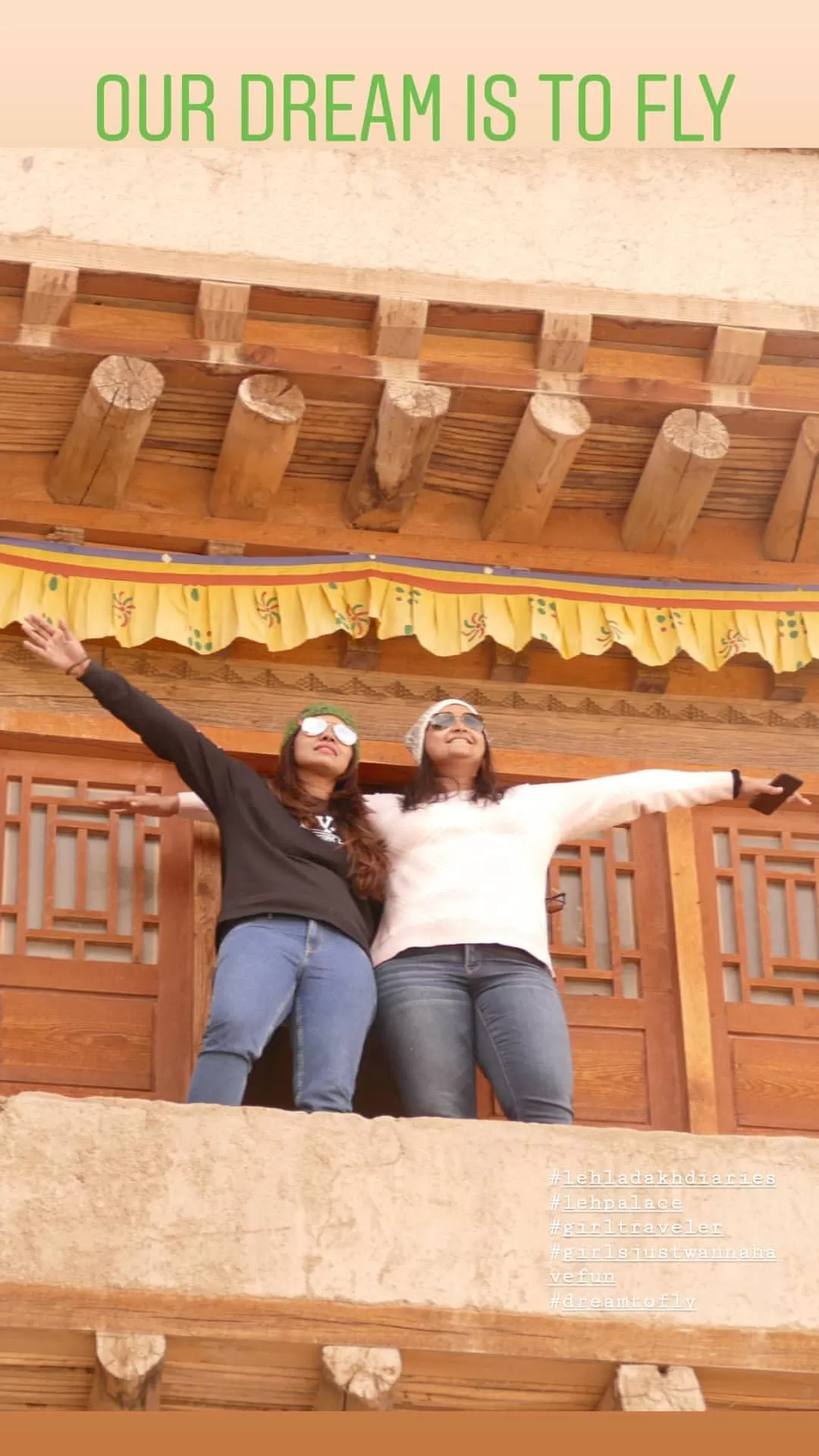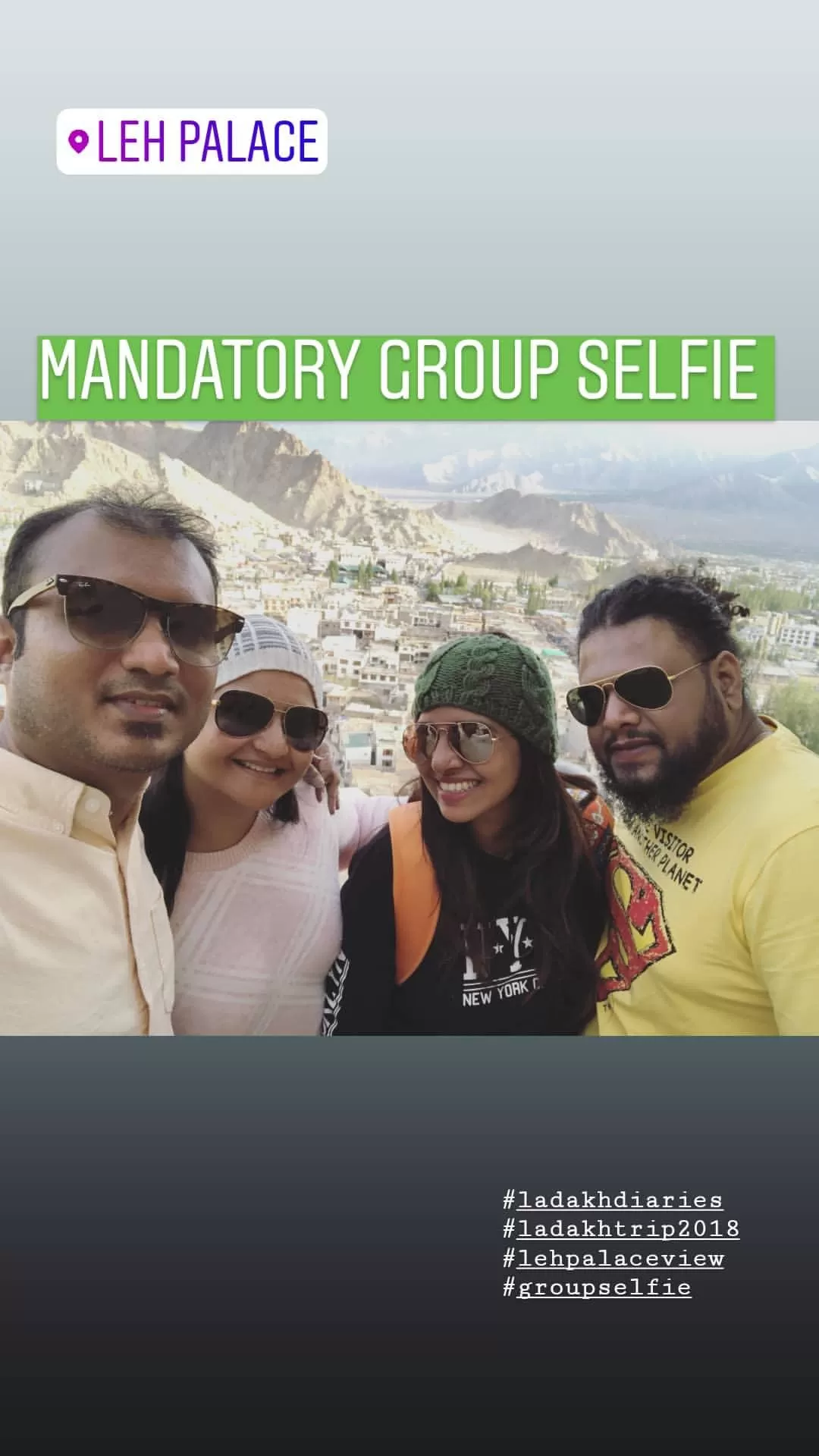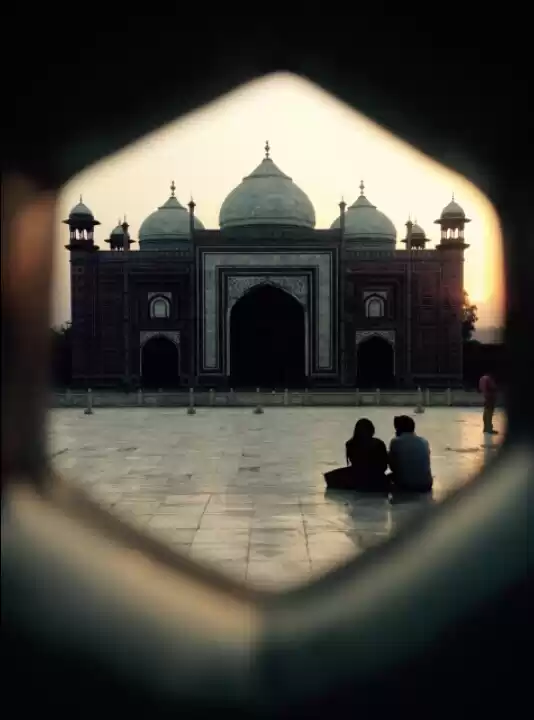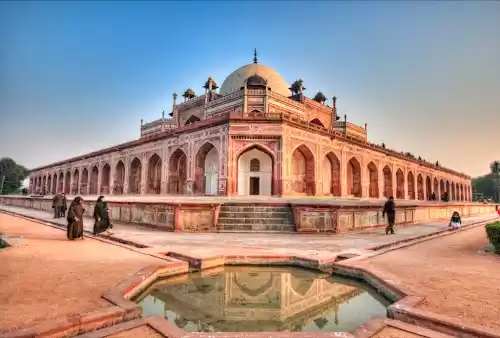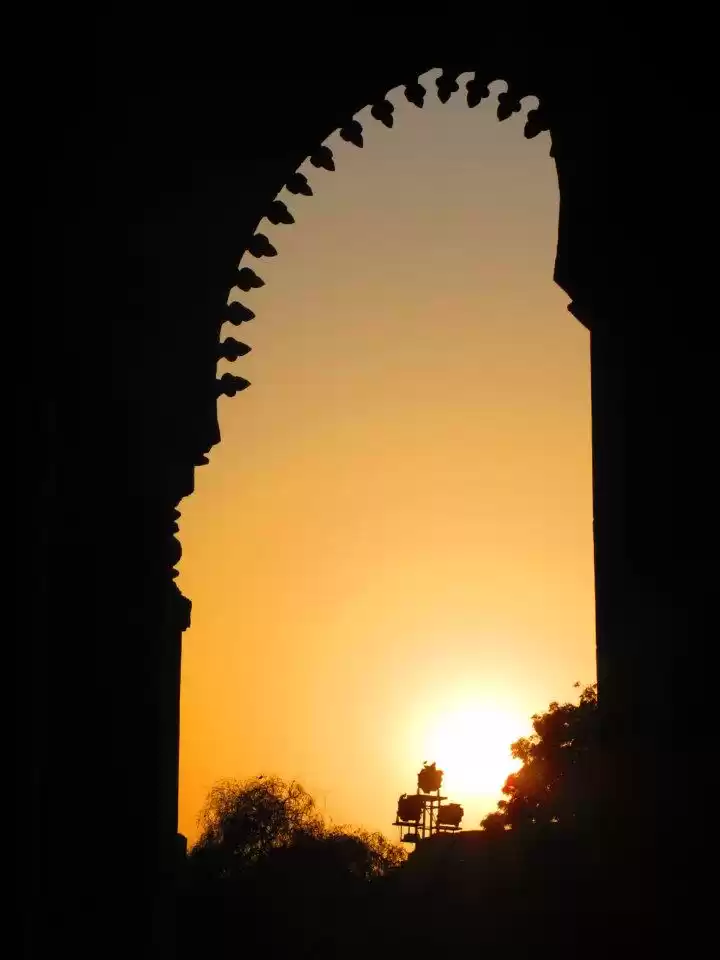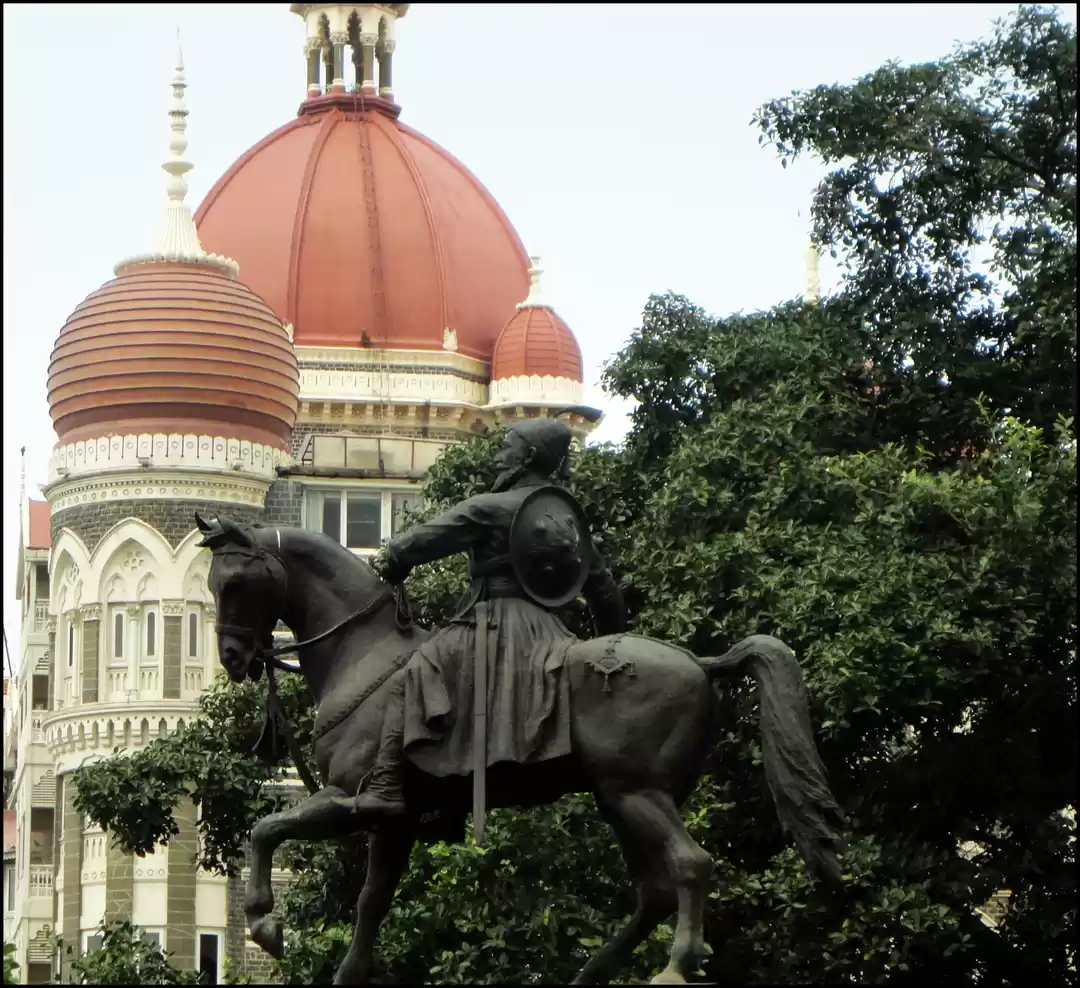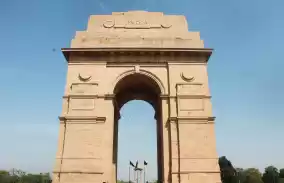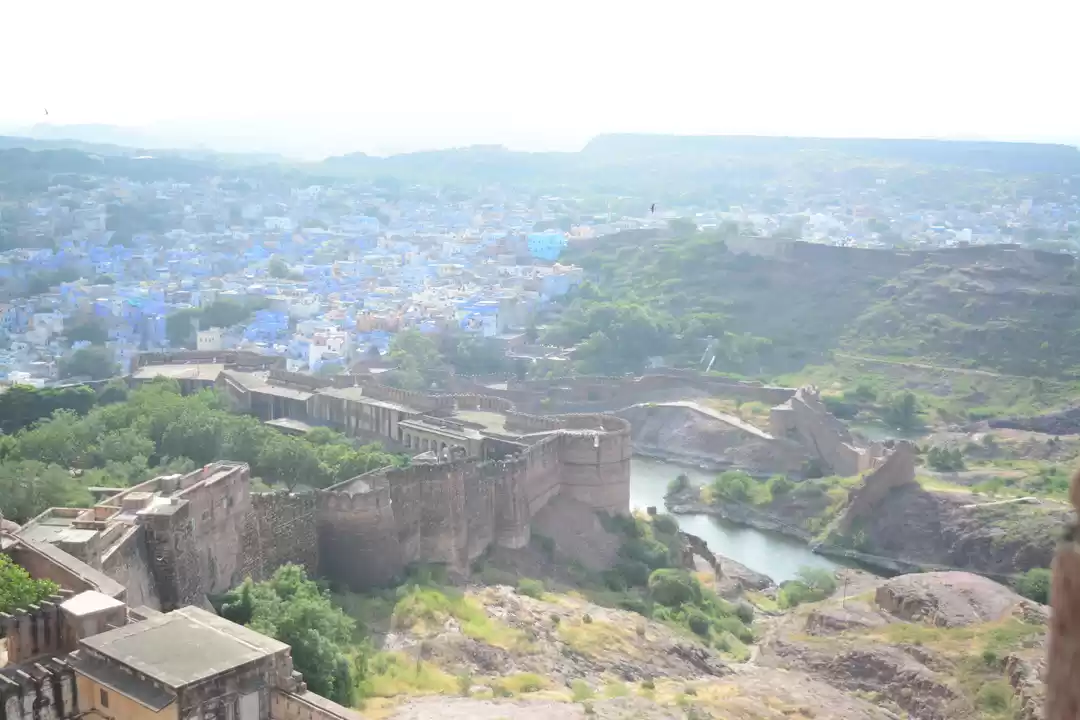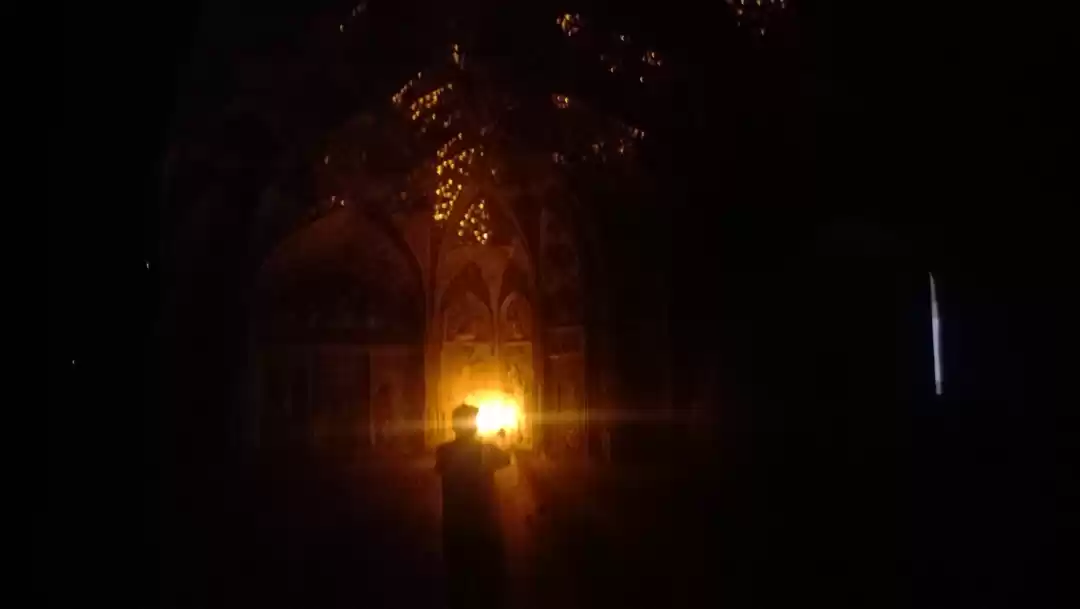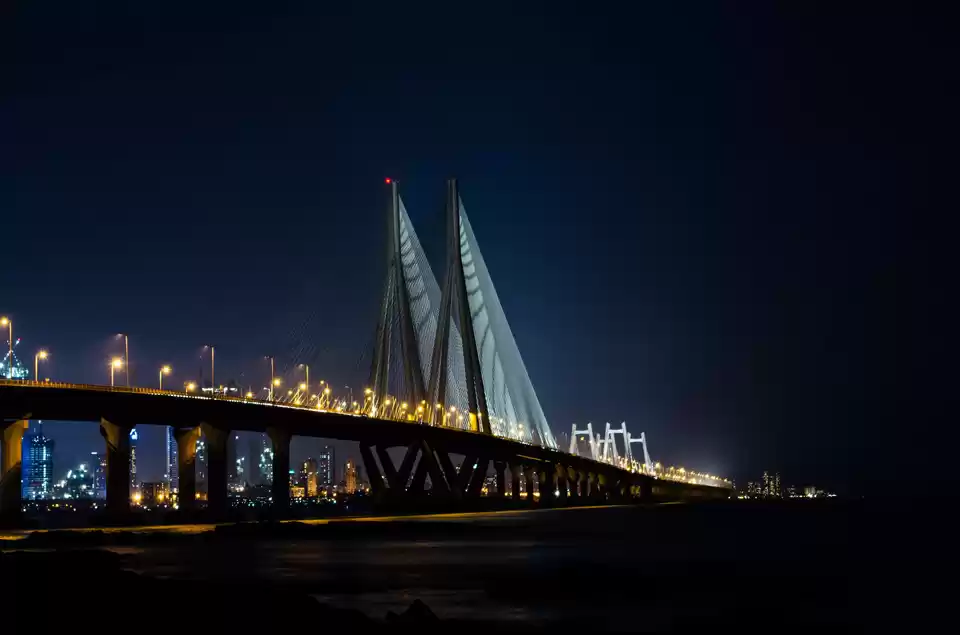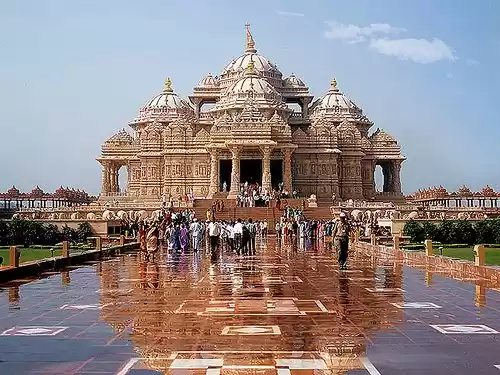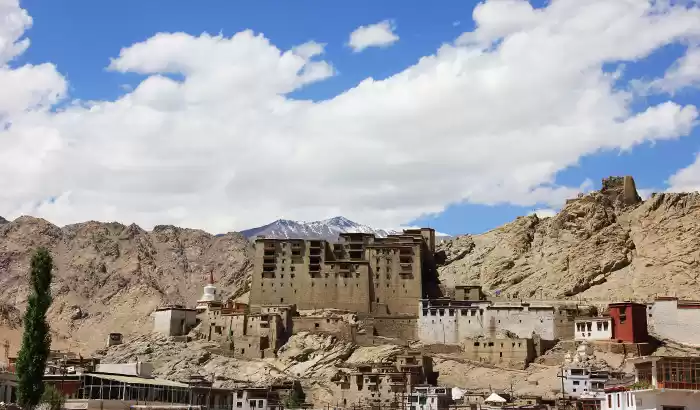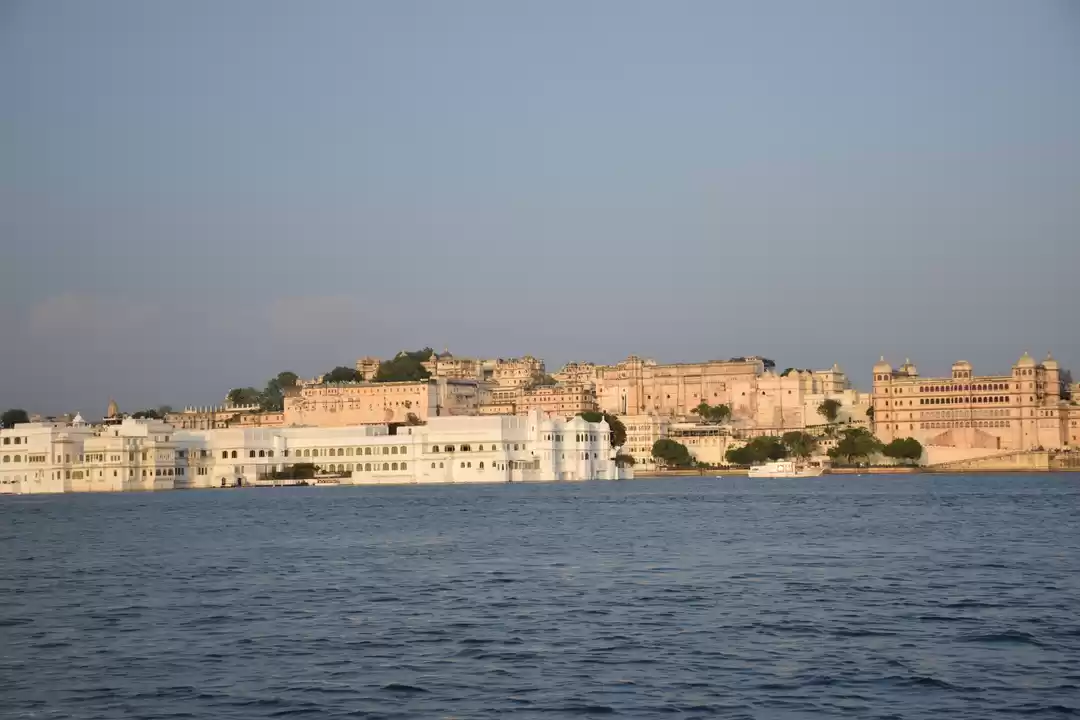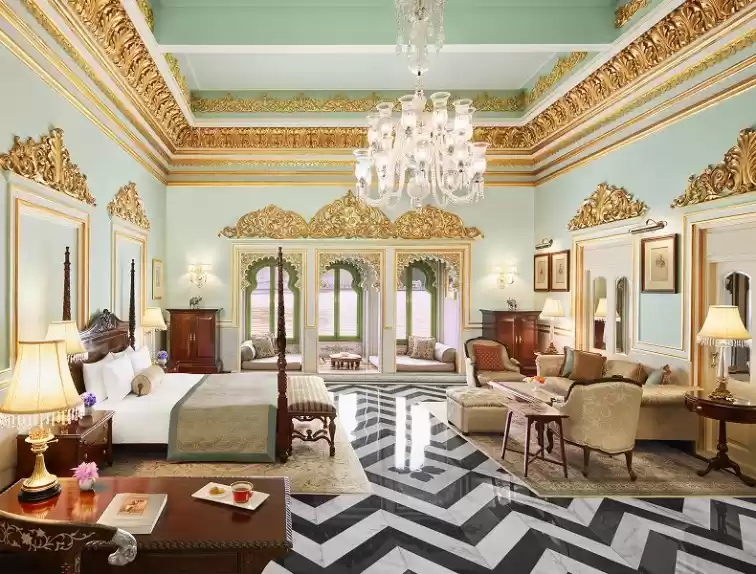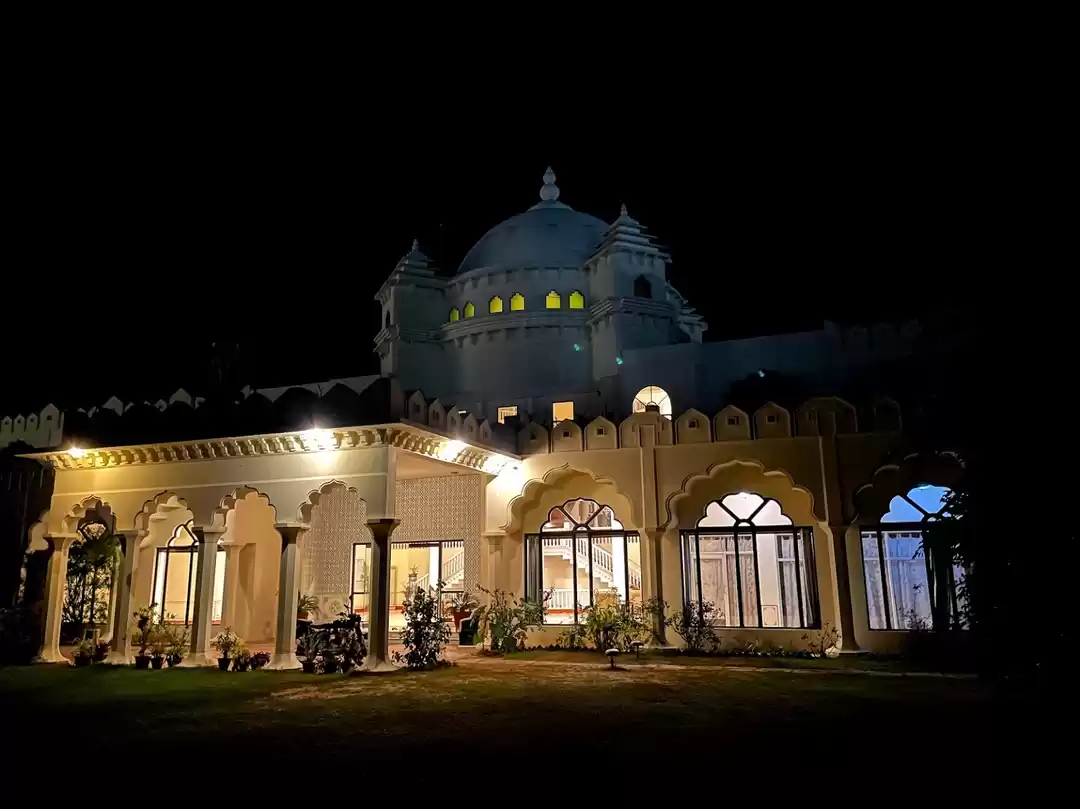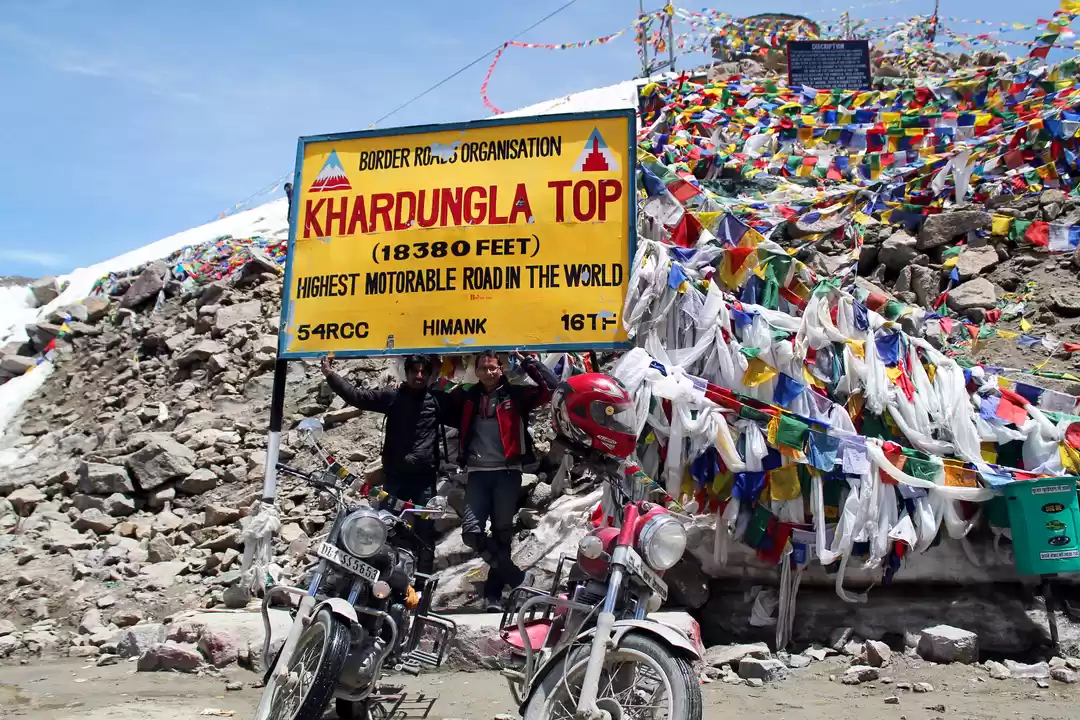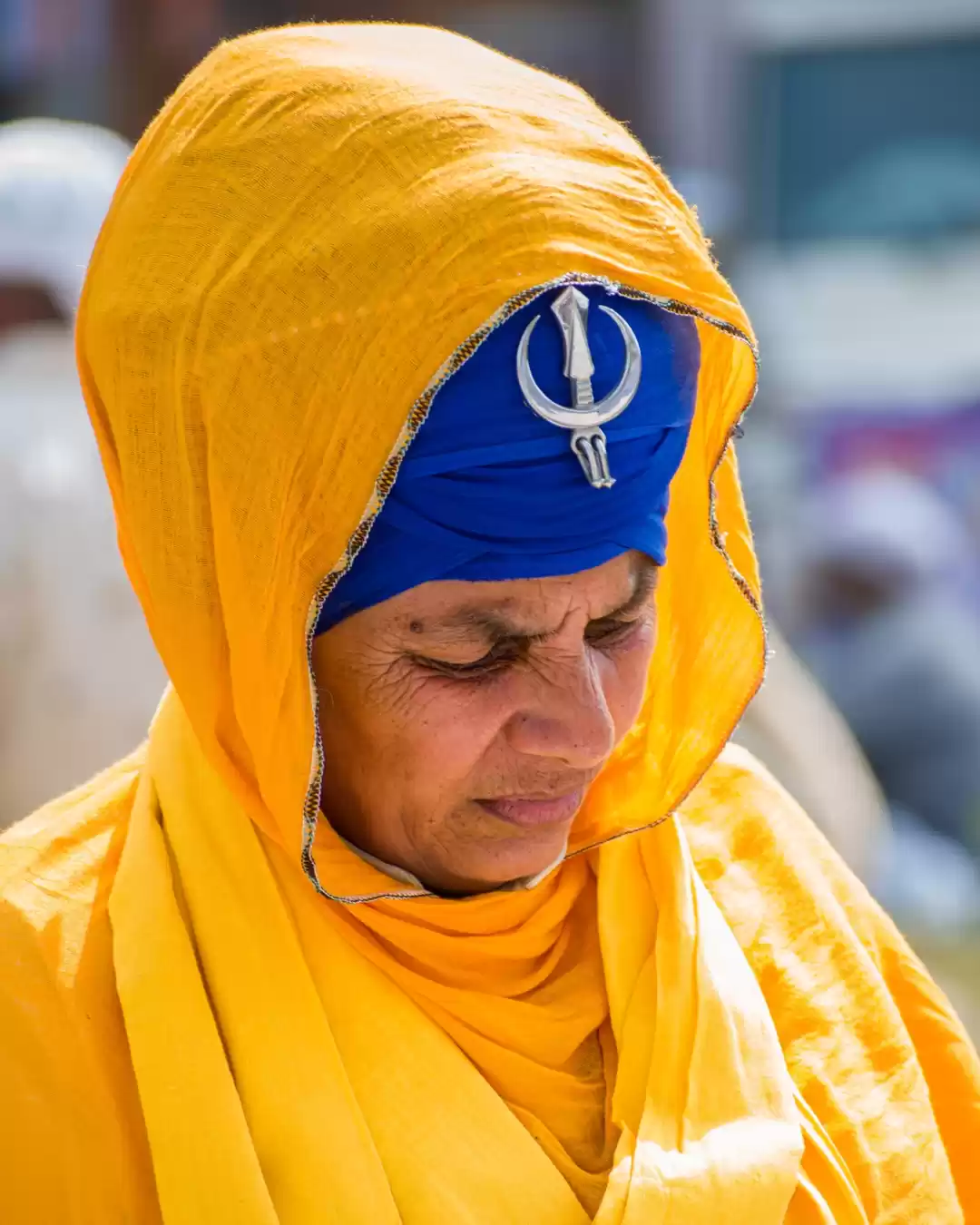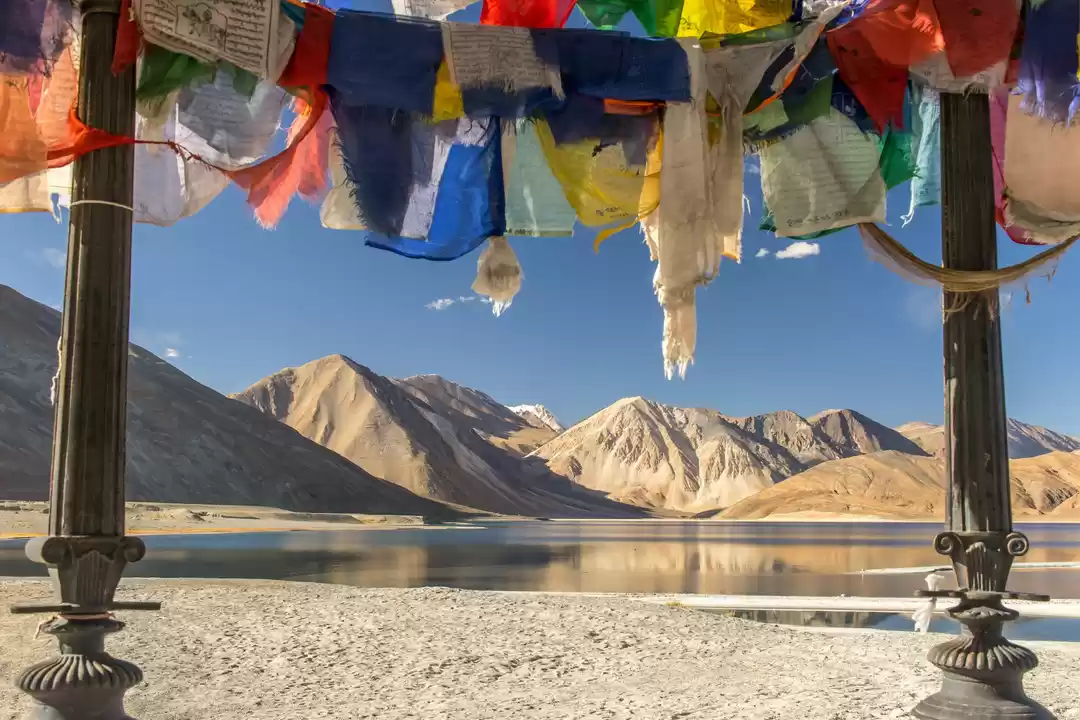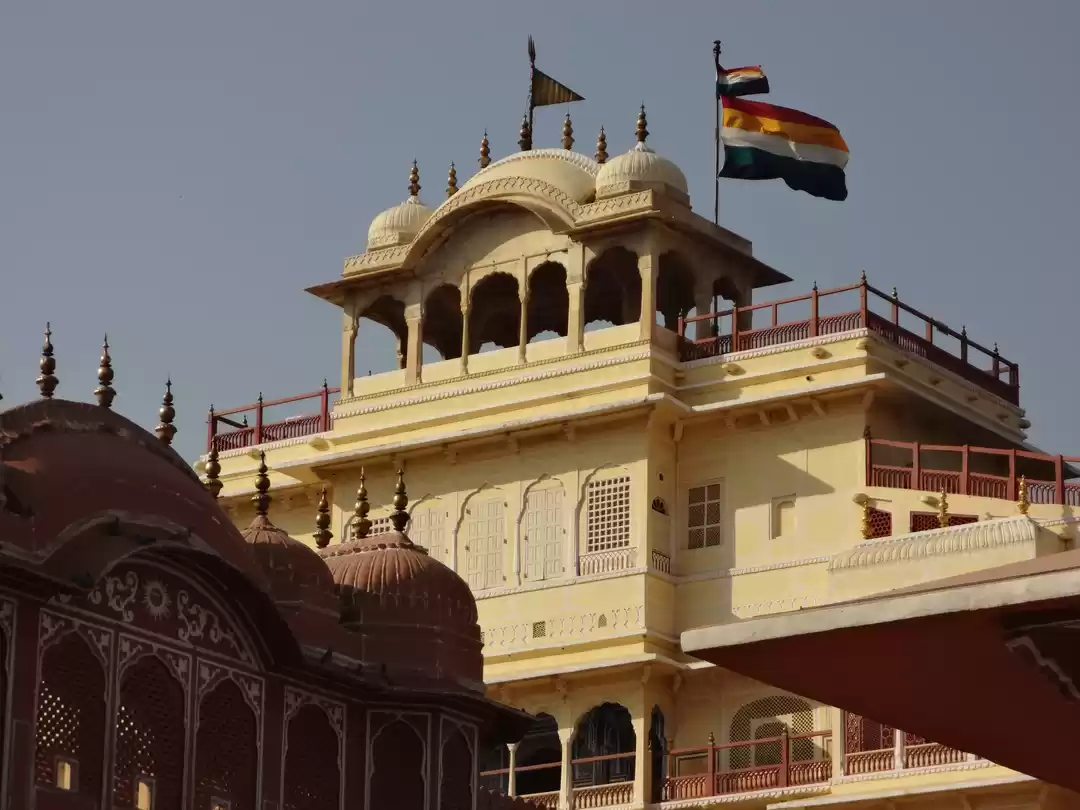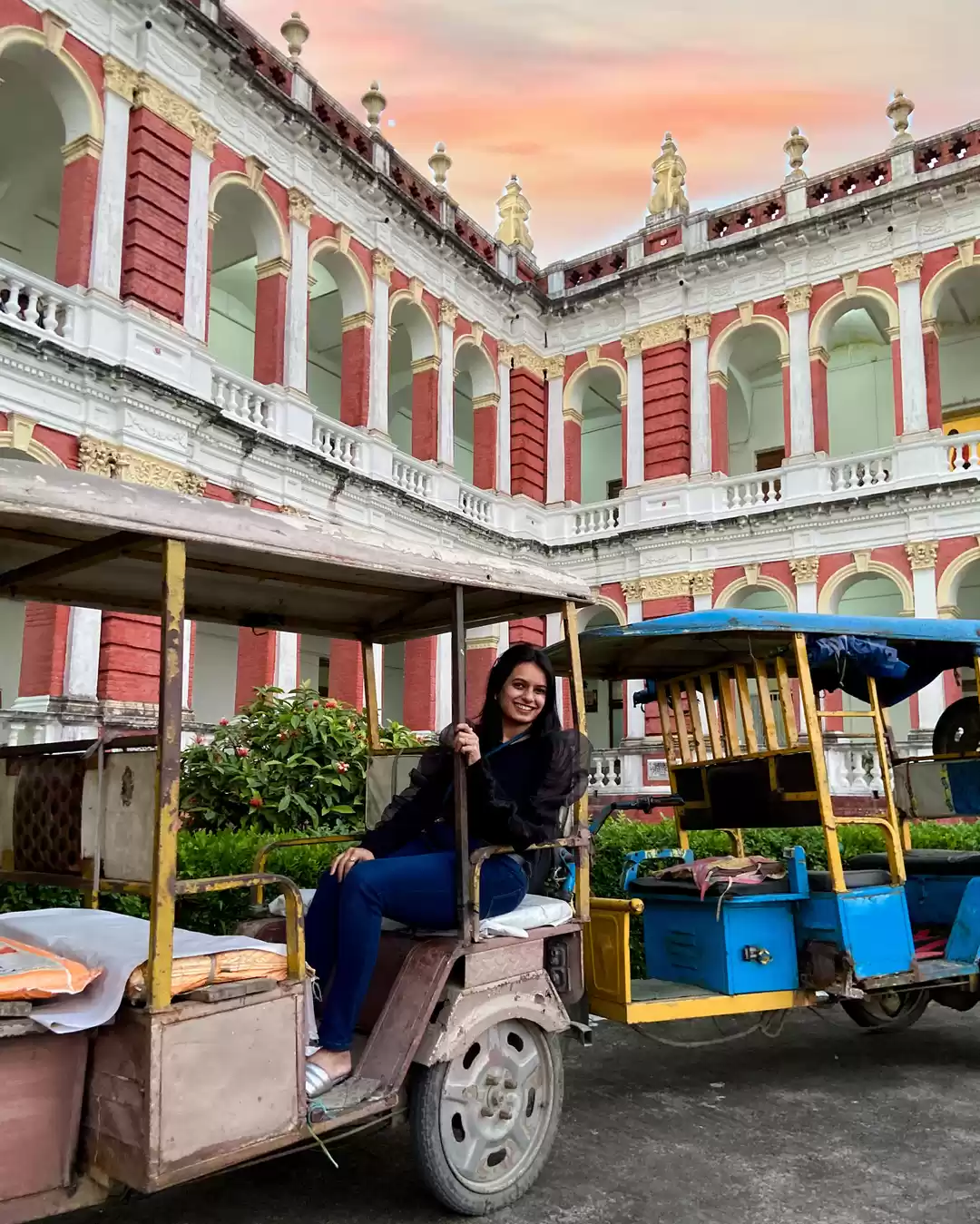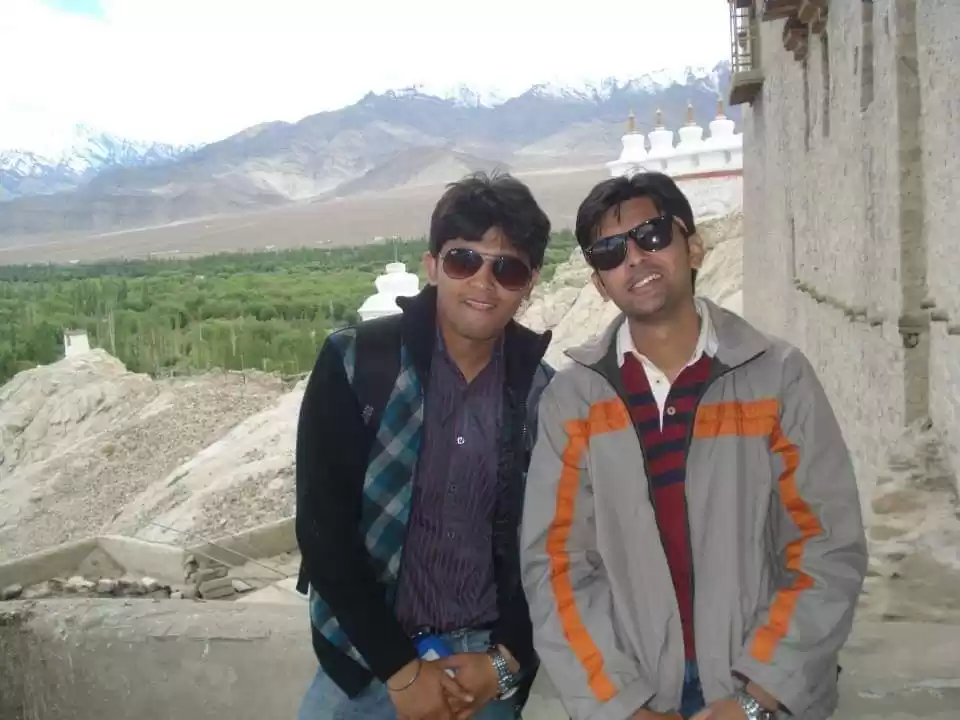Have you ever wondered what it would be like to live in a palace that overlooks the entire city and the mountains? If yes, then you should definitely visit Leh Palace, the former royal residence of the kings of Ladakh. Leh Palace is a stunning example of Tibetan architecture and a symbol of the rich and glorious past of Ladakh. It is also a great place to witness the breathtaking views of the city, the valley, and the snow-capped peaks of the Himalayas.
In this article, we will tell you everything you need to know about Leh Palace, including its history, architecture, and culture. We will also give you some practical tips and advice on how to visit and explore this amazing heritage site. Whether you are a history buff, a culture lover, or a nature enthusiast, Leh Palace will surely impress you with its beauty and charm.
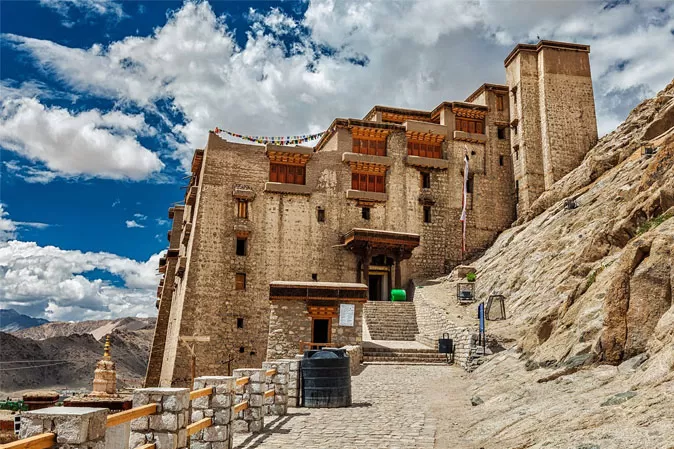
History of Leh Palace
Leh Palace was built in the 17th century by King Sengge Namgyal, who was also known as the "Lion King" of Ladakh. He was one of the most powerful and influential rulers of Ladakh, who expanded his kingdom to Tibet and Kashmir. He decided to construct a new palace on a hilltop in Leh, which was the capital of Ladakh at that time. The palace was inspired by the Potala Palace in Lhasa, which was the residence of the Dalai Lama.
Leh Palace served as the royal palace for nine generations of Ladakhi kings, until the 19th century, when Ladakh was invaded by the Dogra forces of Jammu. The Dogra general, Zorawar Singh Kahluria, attacked and captured Leh Palace in 1834, and forced the royal family to move to Stok Palace, which is another attraction in Ladakh. Since then, Leh Palace was abandoned and neglected, and suffered from natural disasters and vandalism.
In the 20th century, Leh Palace was declared as a protected monument by the Archaeological Survey of India, which started the restoration and conservation work. Today, Leh Palace is open to the public as a museum and a cultural center, where you can see the relics and artifacts of the royal family, such as paintings, jewelry, weapons, and manuscripts. You can also learn about the history and culture of Ladakh, and enjoy the various festivals and events that are held at the palace.
Architecture of Leh Palace
Leh Palace is a masterpiece of Tibetan architecture, which is characterized by its massive and sturdy structure, its intricate and ornate details, and its harmony with the natural environment. The palace is built of stone, wood, mud, and sand, and has nine floors, which are connected by wooden staircases. The palace has a rectangular shape, with a flat roof and tapering walls. The palace is surrounded by a high wall, which has watchtowers and cannons for defense.
The most impressive feature of Leh Palace is the giant statue of Shakyamuni Buddha, which is located on the top floor of the palace. The statue is made of clay, copper, and gold, and is 12 meters high. It is one of the largest and oldest statues of Buddha in Ladakh, and is revered by the locals and the visitors alike. The statue is also a great example of the Buddhist art and culture of Ladakh, which is influenced by Tibet and India.
Another attraction of Leh Palace is the museum, which is located on the ground floor of the palace. The museum displays the royal belongings and treasures, such as paintings, jewelry, weapons, and manuscripts. The paintings are especially noteworthy, as they depict the life and teachings of Buddha, and the history and legends of Ladakh. The museum also has a collection of thangkas, which are colorful and intricate paintings on silk or cotton, that are used for religious and ceremonial purposes.
The palace also has several rooms and halls, where you can see the wall paintings, the wooden carvings, the murals, and the frescoes, that adorn the walls and ceilings of the palace. The rooms and halls also have windows and balconies, from where you can enjoy the panoramic views of the city, the valley, and the mountains. The palace also has a temple, a prayer room, and a meditation room, where you can experience the spiritual and peaceful atmosphere of the palace.

How to Visit Leh Palace
If you are planning to visit Leh Palace, here are some practical details and tips that you should know:
- Timings and Charges: Leh Palace is open from 7 am to 4 pm, every day of the week. The entry fee is Rs. 25 for Indians and Rs. 100 for foreigners. You can also hire a guide for Rs. 300, who will explain the history and significance of the palace and its features.
- How to Reach: Leh Palace is located on a hilltop in the center of Leh city, which is the capital of Ladakh. You can reach Leh by road, air, or rail. By road, you can take a bus or a taxi from Srinagar or Manali, which are the nearest cities to Leh. By air, you can take a flight from Delhi, Mumbai, or Chandigarh, to Leh airport, which is 5 km away from the city. By rail, you can take a train to Jammu, which is the nearest railway station to Leh, and then take a bus or a taxi to Leh.
- Tips for Visiting:
- Leh Palace is situated at an altitude of 3,500 meters above sea level, which means that you may experience altitude sickness, which is a condition that causes symptoms such as headache, nausea, dizziness, and fatigue, due to the low oxygen level and air pressure. To avoid or reduce altitude sickness, you should drink plenty of water, avoid alcohol and smoking, eat light and healthy food, and rest well before and after visiting the palace.
- Leh Palace is a heritage site and a religious place, which means that you should respect the culture and the customs of the locals and the visitors. You should dress modestly and appropriately, avoid loud noises and disturbances, and follow the rules and regulations of the palace. You should also seek permission before taking photographs or videos of the palace or the people.
- Leh Palace is a great place to witness the sunrise and the sunset, as the palace and the surroundings change their colors and hues, creating a magical and mesmerizing effect. You should try to visit the palace early in the morning or late in the afternoon, to enjoy the best views and the best light for photography. You should also carry a jacket or a sweater, as the temperature may drop significantly during these times.
Best Time to Visit Leh Palace
The best time to visit Leh Palace is from June to September, which is the summer season in Ladakh. This is the time when the weather is pleasant and comfortable, with clear skies and moderate temperatures. This is also the time when the roads and the passes are open and accessible, and the flights and trains are operational and frequent. This is also the time when you can see the greenery and the flowers in the valley, and the snow and the glaciers on the mountains.
However, if you want to avoid the crowd and the peak season, you can also visit Leh Palace from October to March, which is the winter season in Ladakh. This is the time when the weather is cold and harsh, with cloudy skies and low temperatures. This is also the time when the roads and the passes are closed and blocked, and the flights and trains are limited and irregular. This is also the time when you can see the frozen and the white landscape, and the ice and the snow on the palace.

Places to Stay Near Leh Palace
If you are looking for a place to stay near Leh Palace, here are some options that you can consider:
- The Grand Dragon Ladakh: This is a luxury hotel that offers spacious and elegant rooms, with modern amenities and facilities, such as Wi-Fi, TV, heater, and mini-bar. The hotel also has a restaurant, a bar, a spa, a gym, and a garden, where you can relax and enjoy. The hotel is located 2 km away from Leh Palace, and offers a complimentary shuttle service to and from the palace. The hotel charges Rs. 10,000 per night for a double room.
- Hotel Ladakh Continental: This is a budget hotel that offers cozy and comfortable rooms, with basic amenities and facilities, such as Wi-Fi, TV, fan, and geyser. The hotel also has a restaurant, a lounge, a terrace, and a library, where you can mingle and socialize. The hotel is located 1 km away from Leh Palace, and offers a free parking space for the guests. The hotel charges Rs. 2,000 per night for a double room.
- Zostel Leh: This is a hostel that offers dorms and private rooms, with shared amenities and facilities, such as Wi-Fi, TV, locker, and heater. The hostel also has a cafe, a common area, a rooftop, and a garden, where you can meet and interact with other travelers. The hostel is located 500 meters away from Leh Palace, and offers a bike rental service for the guests. The hostel charges Rs. 500 per night for a bed in a dorm.
Places to Visit Near Leh Palace
If you want to explore more of Ladakh, here are some places that you can visit near Leh Palace:
- Shanti Stupa: This is a white-domed Buddhist stupa that stands on a hilltop near Leh. It was built in 1991 by a Japanese Buddhist monk, as a symbol of peace and harmony. The stupa has a circular platform, where you can see the statues of Buddha in different postures. The stupa also offers a spectacular view of the sunrise and the sunset, as well as the city and the mountains. The stupa is open from 5 am to 9 pm, and the entry is free. You can reach the stupa by a car, a bike, or a trek, which takes about 15 minutes from Leh Palace.
- Namgyal Tsemo Monastery: This is a Buddhist monastery that was founded in the 15th century by King Tashi Namgyal, who was also the patron of Leh Palace. The monastery is located on a hill above Leh Palace, and consists of a temple, a fort, and a stupa. The temple houses a three-story high statue of Maitreya Buddha, which is made of gold and copper. The fort is a ruined structure that was once used as a royal residence and a watchtower. The stupa is a red-colored structure that contains relics and scriptures of Buddha. The monastery is open from 7 am to 9 pm, and the entry fee is Rs. 20. You can reach the monastery by a car, a bike, or a trek, which takes about 20 minutes from Leh Palace.
- Leh Market: This is a bustling and colorful market that is located in the heart of Leh city, near Leh Palace. The market is a great place to shop for local and traditional products, such as handicrafts, carpets, shawls, jewelry, and souvenirs. The market is also a great place to taste the local and regional cuisine, such as momos, thukpa, skyu, and chutagi. The market is open from 9 am to 9 pm, and the entry is free. You can reach the market by a car, a bike, or a walk, which takes about 10 minutes from Leh Palace.

Conclusion
Leh Palace is a must-visit attraction for anyone who wants to experience the royal and cultural heritage of Ladakh. The palace is a stunning and majestic structure that showcases the history, architecture, and art of Ladakh. The palace is also a great place to enjoy the scenic and serene views of the city, the valley, and the mountains. Leh Palace is a place that will leave you awestruck and inspired by its beauty and charm.
If you are interested in visiting Leh Palace, you can book a tour with us, and we will take care of everything for you. We will provide you with the best accommodation, transportation, and guidance, and make sure that you have a memorable and hassle-free trip. You can also subscribe to our newsletter, and get the latest updates and offers on our tours and services. Or you can contact us for more details, and we will be happy to assist you.
We hope you enjoyed reading this article, and learned something new and interesting about Leh Palace. If you have any questions or feedback, please let us know in the comments section below. Thank you for your time and attention. 😊.




